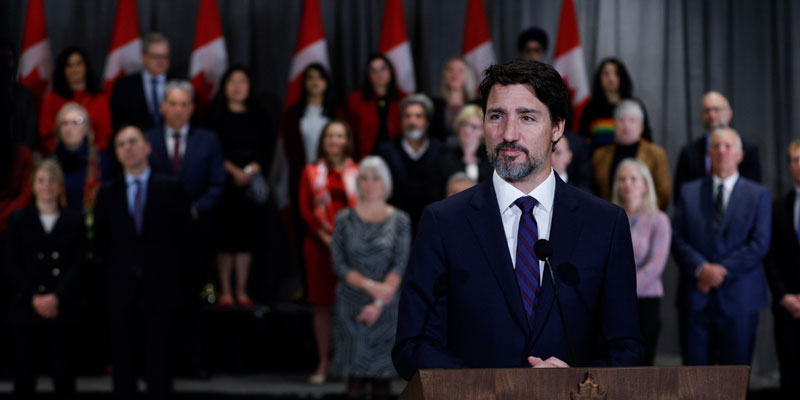Trudeau ‘childcare’ plan remains opaque, contradicts other federal policy

One of the centrepieces of the Trudeau government’s 2021 budget is Ottawa’s expanding role in daycare. Unfortunately, there’s much confusion and contradictory policy that warrants clarification.
Budget 2021 proposes $27.2 billion over the next five years to (a) reduce daycare costs by 50 per cent by 2023 and (b) reduce the average daily price of daycare to $10 within five years. The budget loosely recognized that daycare is a provincial responsibility and committed to working with the provinces. These goals were uncharacteristically clear. But again, much of the plan remains opaque or even contradictory.
First, while the new daycare initiative took centre stage, it actually represents only a fraction of new spending proposed in the budget. Specifically, Budget 2021 proposes additional program spending of $152.5 billion over the next five years (compared to the numbers presented in November 2020) with 17.8 per cent for the new national daycare initiative—formally known as the Canada-wide Early Learning and Child Care Plan.
Second, while the government continues to characterize the new spending as childcare, it’s narrower. “Childcare” covers a host of arrangements including parental and family members, neighbours, nannies, as well as licensed regulated daycare. The initiative proposed by the Trudeau government doesn’t include all options but rather just formal licensed daycare.
Third, the budget downplays the complexity of working with the provinces on a cost-shared program given the state of provincial finances and expectations for the future, particularly with respect to rising health-care costs. Simply put, it’s not clear how most of the provinces can afford a cost-shared program with the federal government.
Fourth, and perhaps most curiously, the nearly $30 billion planned for daycare runs at odds, to some extent, with one of the Liberal government’s other signature reforms—the Canada Child Benefit (CCB). In Budget 2016, two previous federal programs were replaced by the CCB, which was heralded as giving “Canadian families more money to help with the high costs of raising their children.”
One of the ideas was to provide more money to families with children so they could make decisions about how best to take care of their pre-school and school-aged children. Indeed, the CCB differentiates the benefit levels between children under and over the age of six. The maximum benefit paid (excluding provincial add-ons) in 2020 for children under six was $6,765 while the maximum for those between the ages of 6 and 17 was $5,708. And critically, these payments are tax-free. Depending on family income, the tax-free benefit from the CCB can be substantial and help families make their own decisions about the interests of their children.
The CCB is already a more expensive and generous program that its predecessors. In 2018-19, for instance, the CCB is estimated to be $5.4 billion (or 28.9 per cent) more expensive than the programs it replaced—and that’s before the increase in the benefit during COVID.
Lastly, it’s important to put this increase in permanent spending in proper context. All told, the Trudeau government expects to borrow $331.9 billion over the next five years, bringing the national debt (adjusted for financial assets) to $1.53 trillion. The financial pressures of an aging society coupled with increased discretionary spending by Ottawa means there’s no balanced budget in sight.
The Trudeau government continues to be unable or unwilling to prioritize federal spending, control spending growth and manage the unnerving explosion in federal debt, which all risk the health of public finances and the programs they support. Canadians in daycare today will pay for this spending tomorrow.


